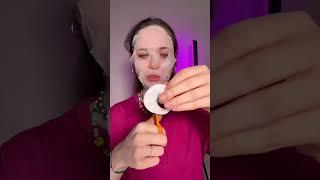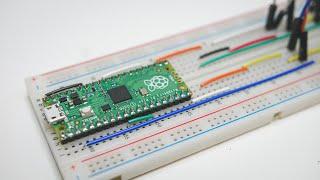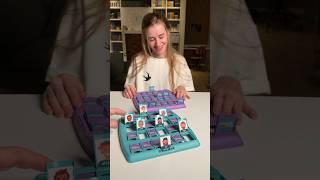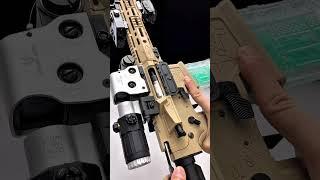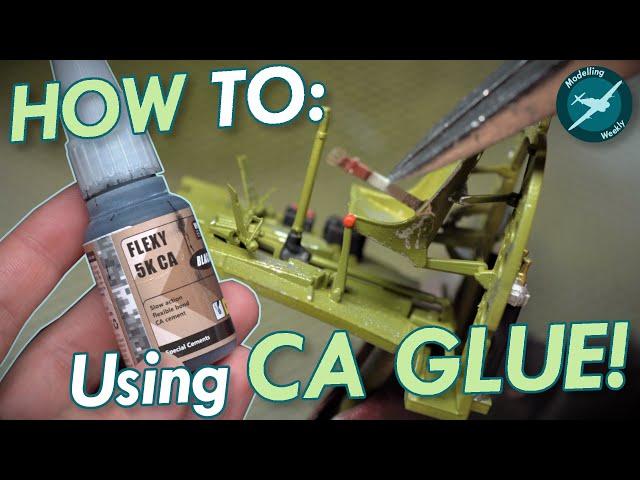
How To: Using CA Glue/Super Glue on your models! | Full Guide
Комментарии:

… VERY good….!!! 👍🙂
Ответить
Thanks for the great tips!
Ответить
Great tips & information. Thank you again for sharing your tips & expertise.
Take care,
Rick

Thank you so much for this video. Great info. Looking forward to seeing more 👍.
Ответить
Here are a few extra pointers for CA glue. Using the clear thicker CA glues, you can apply this to small areas of clear canopies if chipped and then it can be sanded and polished later (practice first!). On vacuform canopies, if you want to sharpen up exterior edges on canopy frames, clear CA can be used here as well using the same general techniques. Thicker CA can be used to make knobs on controls in cockpits. Accelerators are useful for all of these, I use disposable micro brushes to apply the accelerator. One point to remember with CA is that it should be sanded soon after curing. After it fully cures, it is much harder than the plastic and you can damage the plastic while trying to sand down the CA. Another useful tip, you can make paper parts and stiffen them with CA glue. I've also used CA to mold small parts, but it's best to let these dry normally rather than use the accelerator. Thanks for the video, we need to spread the techniques around and get more people enjoying the hobby.
Ответить
Thanks for the tips on CA glue.
Ответить
Keep your fantastic content coming. To the point, succinct and useful information as you present is a welcome platform for all of us, especially those beginning or finding their feet... er... hand's in model assembly and kit construction. Thank you and kind regards that echo across 45 + year's at the bench. Warm and friendly wishes from us here in Tuckombil via Alstonville and East Ballina 800km north of Sydney. MATE 🤪🤙
Ответить
Using ca to fill gaps is a great idea but you need to make sure it dries but not fully hardens if you allow it to fully harden you will have a devil of a job sanding the joint. Best wishes Vic
Ответить
Thank you for the tip with IPA, because unlike specialized chemicals, IPA doesn't cost a thing and has other uses in the plastic kit building such as a generic thinner and tool cleaner, which means I always have a few liters laying around, which simplifies the logistic aspect. 🙂 In return I'll give you a small tip back, don't use rubber infused CA glue only as a filler, because after all it is still a glue, which means you can glue both sides of fuselage and then sand the overflowed excess. This way you achieve bonding and filling the seam in the single step, saving time and getting perfectly seam free very strong bond.
Ответить
Great vid, didnt know about greaseproof paper or ipa as an accelerator. I use superglue and baby powder mix as a filler, best filler ever!
Ответить
Great video, thank you for the info. I noticed you were using 99.9% IPA. Will 70% or 90% IPA work also as the CA accelerant? In the states 70% & 90% IPA is available everywhere (local drug stores, Walmart, etc), but the higher % would have to be ordered. Thanks again.
Ответить
Haha, great overview. Actually, I only have off branded ca glue. Maybe I should invest :D
Ответить
As part of a modelling community and Blopish faith Community I can say that this video is very helpful for beginners
Ответить
Really enjoying your weekly tips and tricks. I’ve just started back doing modelling . I have always had a passion for building things and learning new techniques and tricks. I do have a question that hopefully you can answer. I’m trying to get to grip with the painting and recently built a 1:72 Airfix BF109E Messerschmitt. Didn’t use any primer and applied several coats of enamel paint(brushed as not ready for air brushing yet). While at my local Model shop I asked if they did varnish in a spray. And was happy that they did. So came home with a acrylic glass varnish. When I applied it looked ok. I came back to it 10 mins later and the paint resembled what I can only describe as pealing away from the surface as if paint stripper has been put on and has reacted. What have I done wrong? Any help will be greatly appreciated.
Ответить
Could you please do a vid on tools
Ответить
Thank you!
Ответить
Thanks a lor for your support! Chris
Ответить
The IPA tip is great. I'll definitely give it a shot.
Ответить
It's really cool and useful. Thank you for sharing.
Ответить
Yes it was helpful thanks for sharing.
Ответить
Thanks for the IPA tip, works surprisingly well. Please keep the videos coming, cheers...
Ответить
Great video mate. I’ve been building for an easy 20 years and found this very helpful, as CA’s always been one of those ‘yeah/nah’ mediums to work with.
Ответить
Great video! I recently started using CA glue and I'm having some trouble. The de-bonder I'm using melts plastic and damages the area I'm trying to clean up. Is this normal?
Ответить
The IPA tip is a great help! Thank you for your channel.
Ответить
boring
Ответить
I have allergies and CA accelerators really mess me up. Will definitely be trying IPA instead.
Ответить
Great video sir. I learned a lot. Thank you. 😃
Ответить
Learned few new things
Ответить
Any thoughts on how CA glues perform over time? ...do the break down...become brittle, lose their bond, and/or turn yellow? Thank you!
Ответить
Great video. I didn't know that IPA could be used as a catalyst. Great tip!
Ответить
Thank you for your video. Rarely is a video so useful and informative.
I have a few years experience at building (and scratch building) models, but I stopped for a few years. Now I have three projects in line sitting in my living room. Hopefully not to collect dust!
Even your viewers comment section is helpful.
Just subscribed to your channel!

Thank you for sharing your insight on using ca. I didn't know about using isopropyl alcohol for an accelerator.
Larry Landis

My tips:
- Acetone can be also used to debond / remove CA glue. Even its fumes are excellent to clean up CA from canopies.
- IPA is new to me but I know that water, or water vapor in the air is what activates CA glue. I blow on the surface and the water vapor in my breath makes it. I don't see the point of using IPA when a drop of pure water or blowing on it is just as good.
- Pressure is important. Instead of just placing the two parts together you should press them together. Force is a factor here, not time, so just a one second long pressing makes a strong bond.
- Use as little as possible. The thinner the better.
- When used as a gap filler it is practical to mix it with some plastic dust.
- Take a sewing needle, file the round end of it so it becomes a fork with two teeth. Glue it into a wooden stick, preferably an old brush handle from which you removed the bristles. Now you have the perfect CA applicator. The capillary action between the teeth will help you pick up the perfect tiny amount needed. It's easy to clean with a hobby knife or a lighter.

you missed using bicarbonate soda as a gap filler - sprrikle the soda over gap wipe away exese with finger thin wick in super thin ca - this also works with cotten wool
Ответить
Hi, I am 61. When I was a boy in the late 60s and 70s, I loved building ship and airplane models. The glue we had would give you a headache if you built your model in an enclosed room.
Decades have passed , and I find myself wanting to build models again, especially the vintage ones I had as a boy.
Ive found and bought several vintage models. I cant finnd the glue we used back then. I seem to remember it was made by Testors. Im getting the impression that nowadays people use Krazy glue? The glue we used back then could make the plastic soft, almost melt. Will regular super glue actually- permanently- work? Thanks for your replies.

By accident I answered ye old question and it turnes out with the right fast drying binding agent and lax to non-existant building codes that in fact Rome could indeed be built in a night
Ответить
Clean toothpicks are great to wick away excess CA
Ответить
Thanks for the video. I tried to use the Blu-Tack method when attaching a small glass eye on a glass figurine and found that it wasn't really suitable. The Blu-Tack touched the glue and it made a huge mess. I think this method would be appropriate for some types of materials but not other? Probably materials that can be sanded like the plastic models you are working with?
Ответить
Hope you found this useful guys!
Ответить





![4k Germany City Braunschweig [Brunswick] 4k 60fps Walk in Tour III 2023 4k Germany City Braunschweig [Brunswick] 4k 60fps Walk in Tour III 2023](https://rtube.cc/img/upload/QURTRWhIRzdFTl8.jpg)



